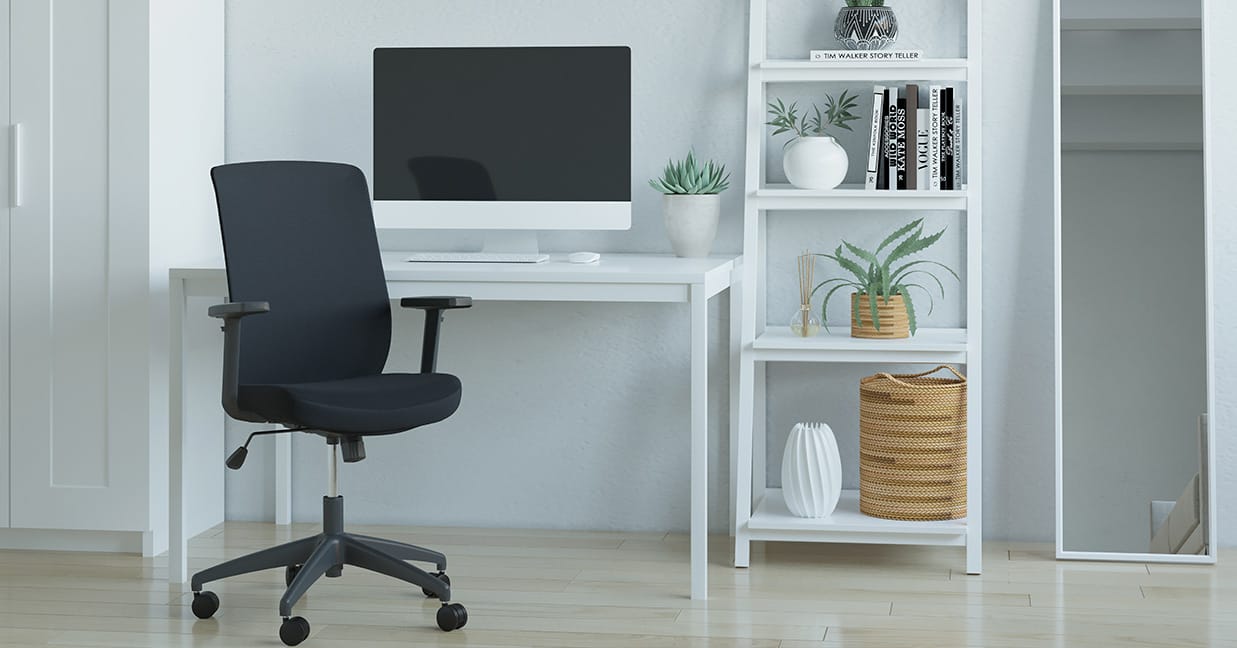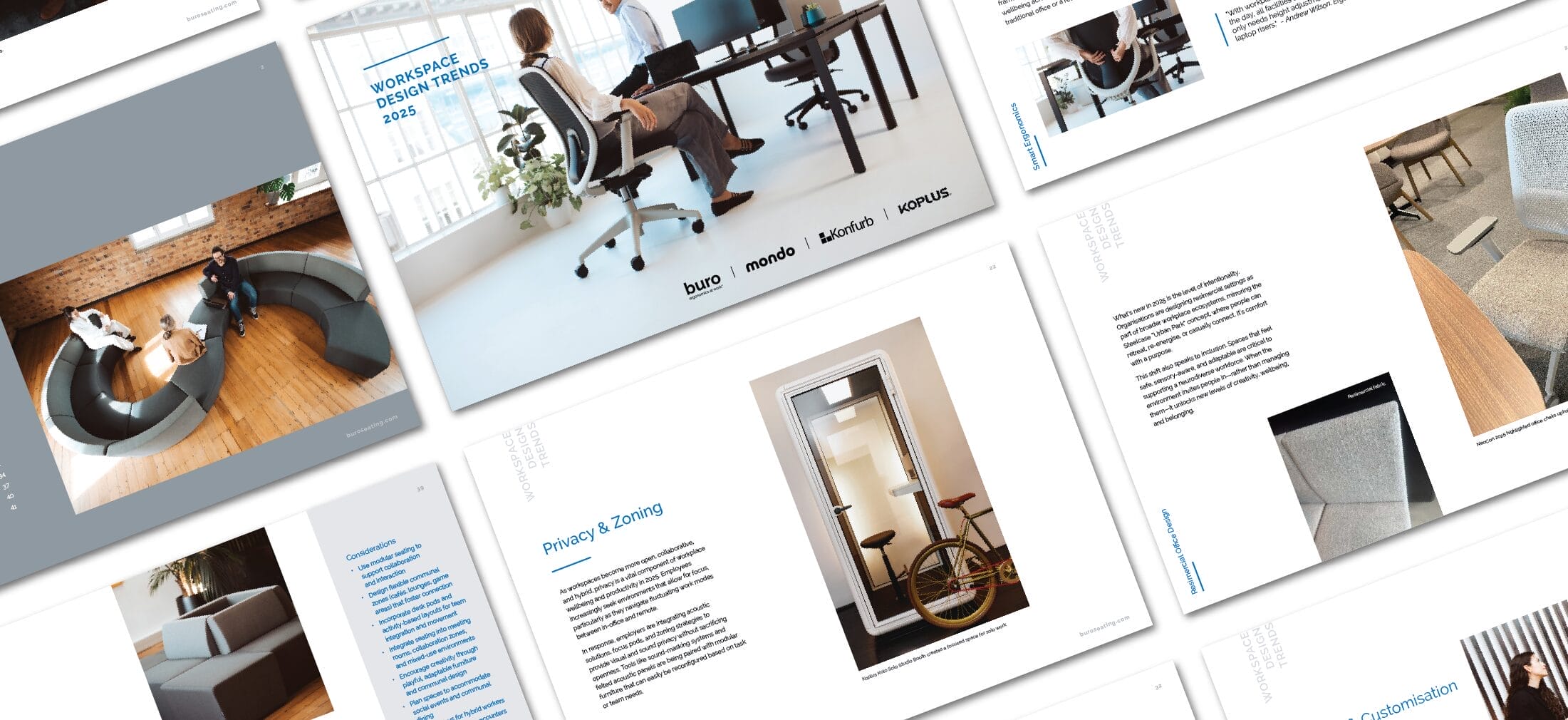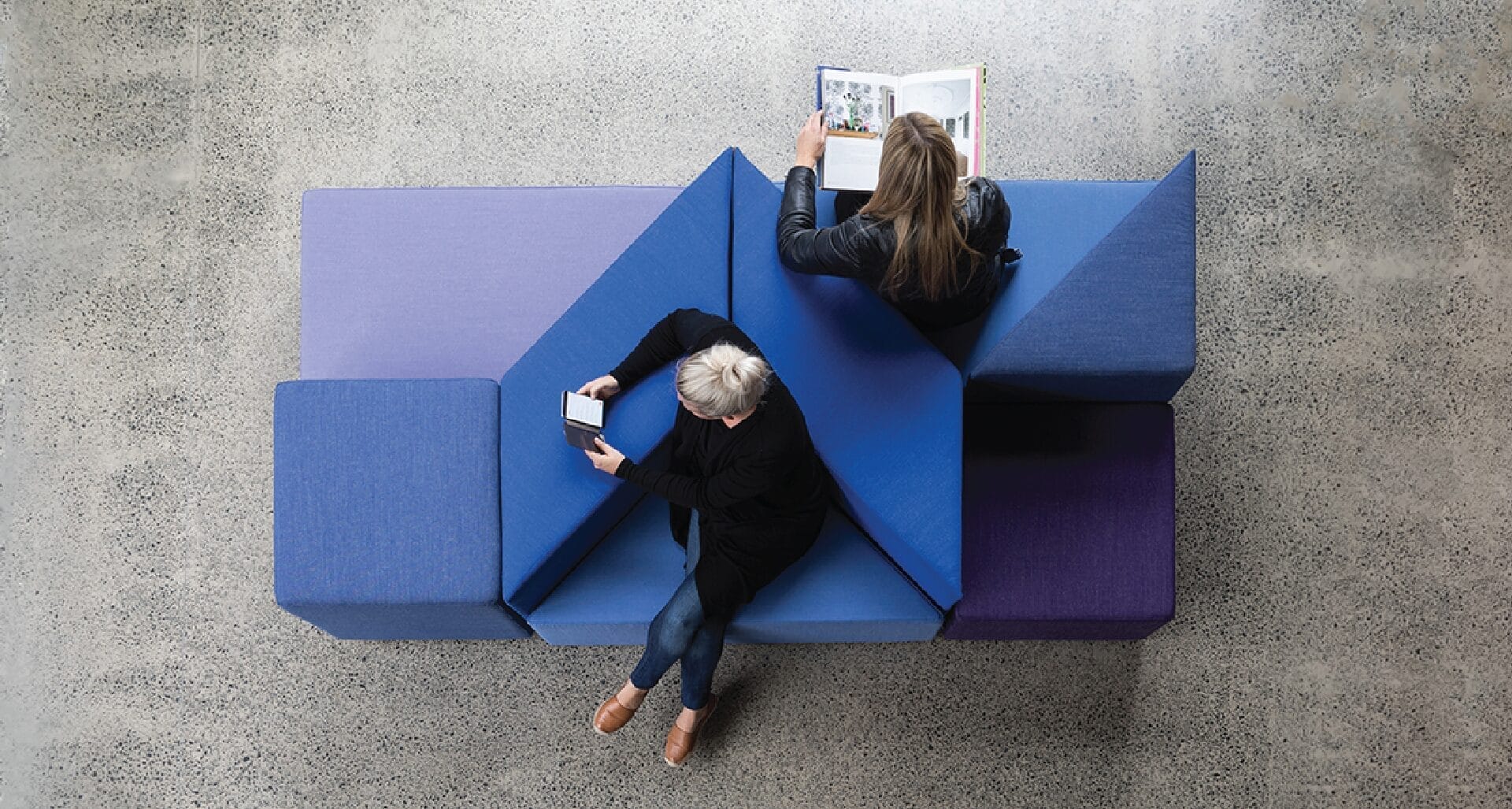Imagination has always been a big part of the interior design process. Architects and designers typically use their creative skills to visualise how a fitting or piece of furniture might look in a space, relying on their instincts to make the right choices as they bring their ideas to life.
Designers no longer must rely solely on their imagination, however. Augmented reality technology is transforming interior design, enabling people to visualise their creations before they get started.
Augmented reality is a game-changer for large commercial design projects, helping architects build a virtual picture of a new space before starting a fitout.
AR will also transform the interior design process for everyday consumers, helping people make more informed choices about the goods they buy.
What is augmented reality, and how does it work?
Augmented reality is a technology that overlays digital images onto a real-world physical environment.
Digital information is superimposed onto the real world through a digital device. For example, your mobile phone’s camera screen, or a computer programme, can be enhanced with downloaded digital items.
You may remember the Pokémon Go phenomenon from a few years back. The mobile video game effectively brought the concept of augmented reality to the masses, bringing collectable monsters to gamers’ mobile phone camera screens.
The adoption of AR technology is growing quickly, bringing us a step closer to virtual online shopping. AR can make online purchasing a more immersive, interactive experience.
Imagine you’re shopping for furniture online. AR can give you an accurate impression of what your living area might look like with a new sofa or home office chair, using your mobile phone to build a snapshot of your home.
Architects and designers can also download 3D images of furniture to use in their virtual designs, giving them a perfect picture of how their space would look.
Retailers are using the technology to their advantage. People can now use AR to try on a new pair of sunglasses in the comfort of their own home or visualise how a new suit might fit — without stepping foot in a store.
The Buro Tidal chair, available in Australia, was our first chair with augmented reality technology.

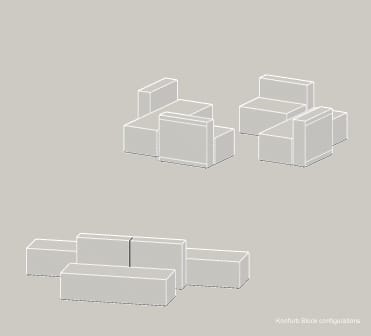
3D images can be downloaded for each product under pro resources. This is particularly useful for collaborative furniture to explore the range of available configurations, such as the Konfurb Block Family.
How AR can help designers
AR technology has a wide range of applications across the interior design industry. Designers can often find it difficult to visualise a space differently, so AR is a helpful tool.
With AR, designers can accurately picture what a piece of furniture or fitting might look like in a specific space.
By downloading 3D models of digital items, they can fill a room with furniture or fixtures to weigh up their design choices.
Using virtual reality interior design, buyers can review the aesthetic of different items and avoid the potential hassle of returning items. AR technology lowers risks in the design process and enables buyers to check products before they part with their money.
AR now plays a crucial role in many design processes. Architects and designers can show clients exactly what a design will look like, and clients can interact with the technology and provide feedback.
Designers and clients can collaborate more closely on design elements and ensure they have the same vision in mind.
This cutting-edge, transformative tech is also great fun to use and experiment with.
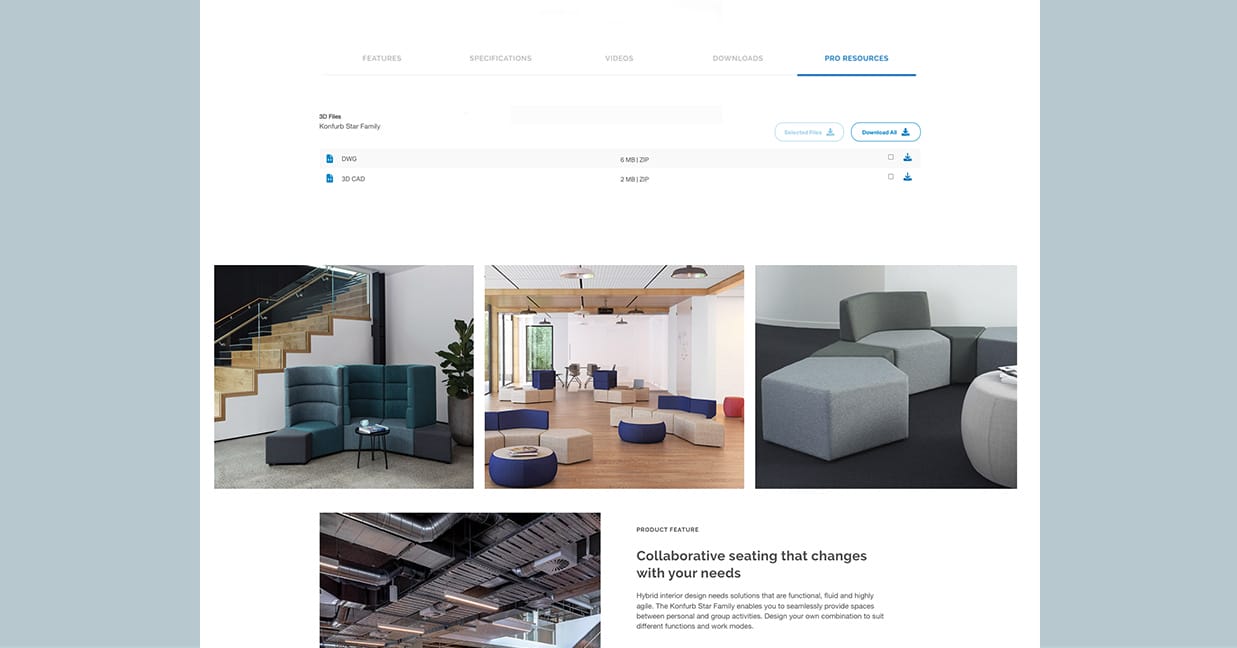
Greater convenience
Augmented reality shopping is set to become the norm for people who buy items online.
The furniture sector is at the forefront of AR use, while the food and clothing sectors have also begun to implement AR with online shoppers.
Virtual furniture shopping has been a game-changer for the industry. Market statistics show a 23% reduction in product returns among companies offering an AR experience.
According to augmented reality software provider ThreeKit, 71% of consumers said they would shop more if they could use AR. In addition, 61% said they preferred retailers with AR experiences. The US company predicts AR will be a US$50 billion industry by 2024.
Retailers can build trust and confidence in their brand by offering AR. While buyers can develop a picture of what a product might look like, whether it will fit in their home or office, and get a true sense of scale.
Furniture buyers no longer need to go to a physical store to generate design ideas and stimulate their imagination. With a mobile phone or computer, they can find inspiration online.
The future of online shopping
According to global law firm Perkins Coie, retail is one of 10 industries set to experience the greatest disruption from immersive technologies such as AR.
Meanwhile, research from Interactions Consumer Experience Marketing shows that furniture is the most popular item to buy using AR technology, ahead of clothing and groceries.
According to the Interactions Consumer Experience Marketing report, 60% of shoppers said furniture was their favourite item to browse using AR.
Furniture companies have already begun to see the benefits of AR.
Canadian furniture retailer EQ3 says customers that use its virtual furniture shopping service have a 112% greater conversion rate than those who don’t.
The growth of e-commerce channels since the Covid-19 pandemic is also set to drive the uptake of AR in the coming years.
As consumers stick to their pandemic shopping habits, AR will play a bigger role as more people opt against taking trips to physical stores.
Customer preferences are changing forever, and augmented reality shopping will be part of the future as consumers demand a better, more interactive experience online.
How to use AR to your advantage
Interior designers and architects can use augmented reality technology to help with commercial fitouts of any size.
In the early phases of a design project, AR can help designers visualise a project and present their ideas to clients, leading to stronger communication.
Buro Seating offers AR options on each office chair through 3D model downloads on our website product pages. Customers can use 3D files to put our chairs at the centre of their office design.
Using Buro’s 3D files and AR technology, designers can:
- Build a snapshot of how a chair would look in an office environment
- Inspect a chair’s features in detail and from different angles — far better than relying on a 2D picture
- Show new ideas to clients and work on design choices in real-time.
The technology also streamlines the design process, allowing it to be done remotely and outside of normal business hours.
By using AR, designers can build stronger relationships with their clients, gain their trust, and be seen as a forward-thinking industry leader.
Designers can also broaden their client base, using the technology to reach non-local clients and show them new design ideas.
The technology can also eliminate the risk of poor decision-making and mismatched expectations, reducing the risk of an unhappy client.
AR will redefine the interior design and furniture shopping experience, making things easier for designers, clearer for customers, and more engaging for all involved.
Augmented reality is the future of interior design. At Buro Seating, the future is already here.
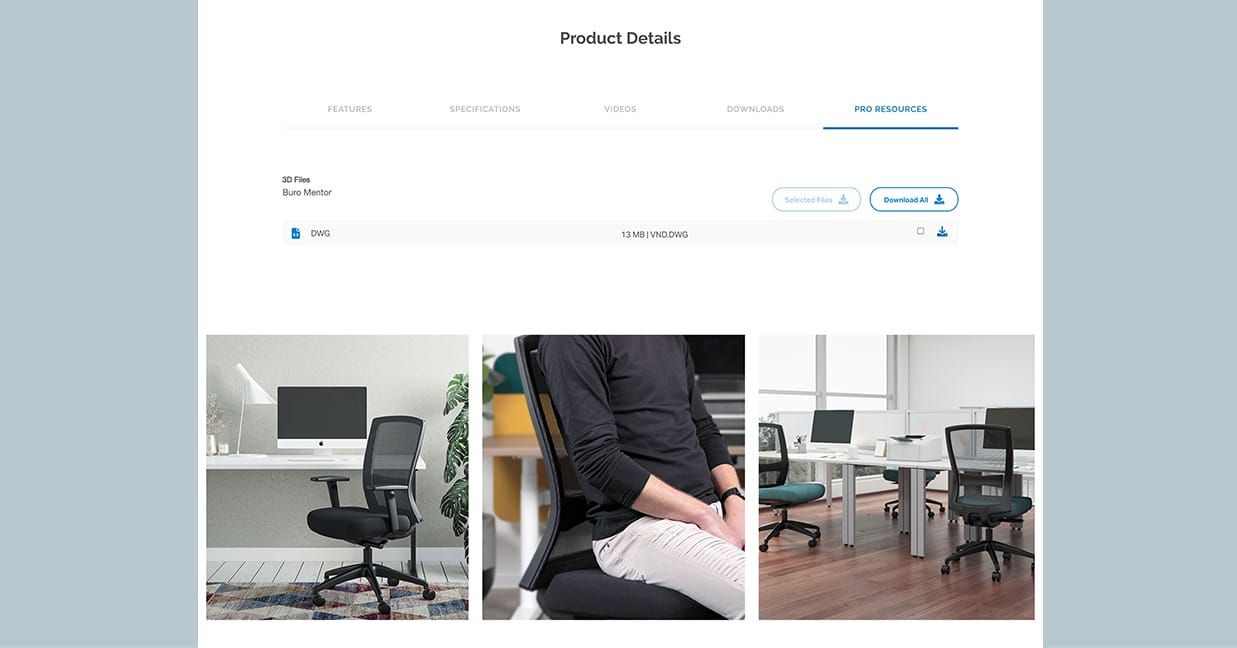
On our product pages, in the Pro Resources tab, 3D files can be download for each Buro Seating chair for 3D modelling and interior design stages.

